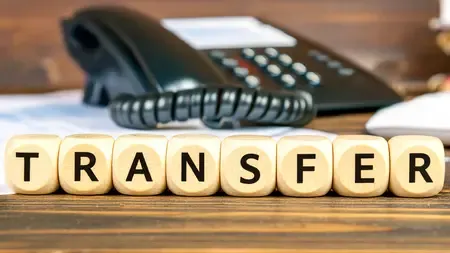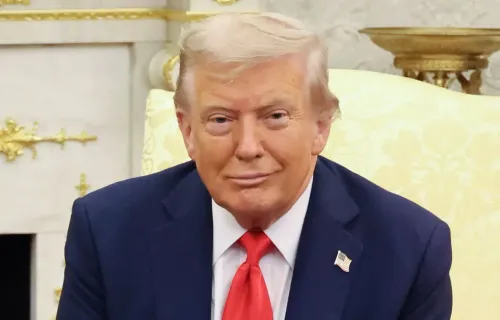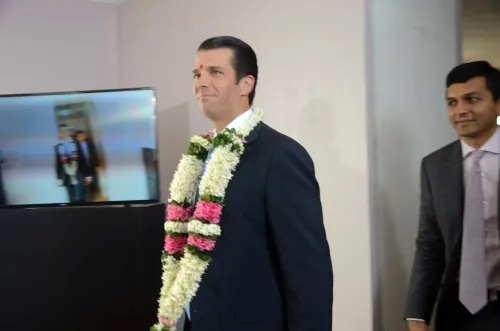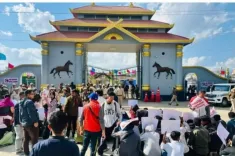Why Did Ecuador Extend the State of Emergency Amid Rising Violence?
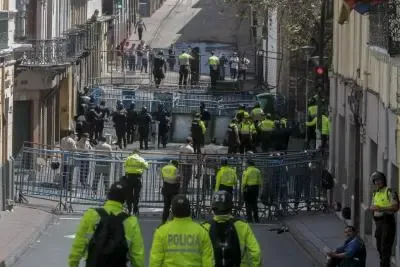
Synopsis
Key Takeaways
- State of emergency extended for 30 days.
- Affects four coastal provinces and one canton.
- Initial declaration was for 60 days due to internal unrest.
- Over 6,210 violent incidents recorded in September.
- Economic losses exceed $70 million.
Quito, Oct 7 (NationPress) In a decisive move, Ecuadorian President Daniel Noboa has declared a 30-day extension of the state of emergency across four coastal provinces and one canton due to a surge in violence attributed to organized crime, according to government reports.
This extension, enacted under Executive Decree 175, affects the provinces of Guayas, El Oro, Los Rios, and Manabi, as well as the canton of Echeandia in the central province of Bolivar, as reported by Xinhua news agency.
The emergency was initially declared for a 60-day period in August, prompted by what officials characterized as serious internal unrest.
According to this decree, constitutional rights related to home searches and privacy of correspondence have been suspended.
Ecuador has faced a significant security crisis since President Noboa declared an "internal armed conflict" back in January 2024. In just September, the national emergency service logged 6,210 violent crime incidents, including robberies, extortion, and drug-related crimes.
The National Association of Flower Producers and Exporters of Ecuador recently reported on X that in Cotacachi, farms were encircled at dawn by numerous protesters from rural organizations who obstructed employee access, preventing them from working and coercing them to join the ongoing strike under threats.
As of Monday, a preliminary assessment from the Chamber of Industries and Production indicated that losses stemming from the strike have surpassed $70 million, primarily affecting sales and increasing logistical costs, with the flower, dairy, and tourism industries being the most severely impacted.

